The Travel Lunatic: Alaska Is So Beautiful It Will Blow Your Mind
If you haven't been, go. There's no other place like it.
The Travel Lunatic is a regular column about the amazing places Brent and I go, and the crazy things I do. Plus, cat pics — lots and lots of cat pics.
For the audio version of this article, read by the author, go here.
Brent and I recently finished a two-week cruise that took us from Vancouver, Canada, up the Inside Passage of Southeast Alaska and back to Vancouver again.
It was beautiful — one of the most beautiful places we’ve ever visited — but then I knew it would be. For fifteen years, I worked as a flight attendant for Alaska Airlines.
I spent hundreds of days and nights in Alaska.
How well do I now know the 49th U.S. state?
I’ve landed on a gravel runway at the Red Dog Mine, 105 miles (or 170 km) north of the Arctic Circle.
I’ve been to Kodiak Island, home to the largest grizzly bears in the world.
I’ve flown to Kotzebue in the dead of winter when the temperature was -40 F/-40C.
And I’ve ventured all the way out to Adak Island near the very end of the Aleutian Islands.
I’m not exactly a local, but I’m not fresh off the cruise boat either.
But my favorite part of Alaska? The Inside Passage.
What’s an “Inside Passage”?
No, it’s not a secret hallway buried deep in a dark and dusty mansion in some Gothic murder mystery, although I would totally read that story if it was set on a remote island in Southeast Alaska.
This passage is the 1,000-mile (or 1600 km)-long network of waterways weaving between the islands and the coast of Washington State, British Columbia, and Alaska.

What makes the Inside Passage so famous? The beauty, for starters.
Here you’ll find misty forests and tidewater glaciers — with their stunning blue ice calving directly into the ocean.
The various passages of the Inside Passage always head north/south, but silver fjords also snake deep inland, often surrounded by towering snow-capped mountains.
And don’t get me started on the wildlife. The land teems with bears and moose and eagles — and silver salmon fighting their way upstream.
But the sea?
One night on Brent’s and my recent cruise, the ocean was almost perfectly still, and it reflected the setting sun sliding behind silhouetted islands. For fifteen minutes, we watched entranced as a dozen humpback whales swam past, their backs rising and falling in the water, puffing air as they exhaled.
Then their tails rose up, hung in the air for a moment, then slipped down and away as if the whole thing had been a dream.
Scenery aside, the Inside Passage is also an important route for boats. It’s nicknamed the Marine Highway and is a crucial commercial corridor which brings the rich resources of Alaska — mostly, fish, minerals, and timber — down to the Lower 48.
The Pacific Ocean can be brutal and rugged, but the islands of the passage protect the ships from the open water.
Oh, I have slipped the surly bonds of Earth
As a flight attendant, I loved spending so much time on the ground in Alaska.
But what was even better? Flying over Alaska. Two specific instances come to mind.
My first trip as a flight attendant took me to Anchorage on a very cold December night — already the dead of winter in Alaska.
During our descent, I stared out the window at Cook Inlet, illuminated by a full moon. The inlet was a crazy jumble of ice, as if a giant had taken a hammer to a smooth plate of glass and smashed it over and over. I was especially mesmerized by dozens of circles that looked like asteroid craters but were instead just bizarre ice formations.

It felt like I was about to land on some alien world. The strange sight thrilled me, only fueling my wanderlust.
A few years later, I was flying over Alaska on what was a perfect day for flying. The sky was such a bright blue — and the mountains and valleys so blindingly white with snow — it almost hurt to look at it all.
The conditions were so good for flying, the pilot of our 737 cargo plane received permission from operations to fly at a much lower altitude than normal. He made an announcement telling the passengers not to worry — that we wouldn’t be quite as close to the upcoming mountain peak as it might look.
No one was worried — it takes a lot to rattle Alaskans. On the contrary, we were all very excited. The plane was only half full, and everyone who wanted a view had a good one.
The mountain appeared. The stony ridge at the very top jutting up from the snow as if the mountain was trying to claw its way free.
We crested the peak, and the nose of the plane dipped into the valley beyond.
Now we were surrounded by mountains on every side — rocks and snow as far as the eye could see.
It was breathtakingly beautiful.

By this point, I’d spent many years in the air. But for the first time in my life I truly felt like I was flying.
Speaking of blue…
Alaska has more than 600 named glaciers.
Which sounds like a lot, except it’s only 0.1% of all the world’s total. Antarctica has the most, 91%, with Greenland having another 8%.
My very first close-up visit to an Alaskan glacier was by…helicopter! It was a free seat on a tourist flight — another perk of being a flight attendant.
We landed on the glacier, and I climbed out to look around. The chill of the air walloped me as I squinted against the glare.
I didn’t expect it to be so bright. Or so loud. It creaked, groaned, and popped — and occasionally even boomed under my feet.
Yes, it was the ice slowly grinding forward. I peered into a nearby crevice where the ice was astonishingly blue. (I trusted the helicopter pilot knew what he was doing, putting the chopper down in that particular spot.)
What makes a glacier so blue? Especially when snow is usually such a bright white?
Snow is white because it is full of air bubbles which causes it to reflect all wavelengths of the light spectrum. Black, meanwhile, is black because it absorbs all of the wavelengths of the spectrum.
But as snow piles up on a glacier, it gradually compresses that snow into ice, forcing out all of the air bubbles. Soon large ice crystals form. Like sapphires, these crystals absorb almost all light wavelengths except for the blue ones. Those blue wavelengths are reflected back at us, making the glaciers look like, well, this:
The second most interesting — and exciting — feature of a glacier is the calving.
It’s simple, right? Glaciers are rivers of ice, slowly moving forward. And when the ice reaches the end of the glacier — the terminus — the pressure from the ice pushing from behind creates instabilities that eventually cause pieces to fall off into water. Duh.
But what’s much harder to understand is exactly why glaciers advance and retreat. It’s much more than just the temperature of the air. There are so many variables involved, they’re extremely hard for scientists to predict.
As you can see, I find glaciers fascinating.
Which is why, when I was 24-years old, I walked right up to the front of a glacier in New Zealand. It’s true, I had to walk past signs warning visitors not to go any farther because of falling ice, but how likely was it that it would fall on me?
So I reached the front of the glacier where I stood in awe of the river rushing out from underneath the ice.
Then I turned around and headed back.
Fifteen minutes later, I heard a boom. I turned and saw the glacier had calved into the river, sending tons of water surging right over where I’d been standing.
Ah, the folly, er, stupidity of youth.
During our recent cruise, Brent and I were guests of Major Marine Tours in Seward, Alaska (that’s an affiliate link). They took us on a seven and a half hour boat tour of Kenai Fjords National Park.
We saw humpback whales and orcas, Steller sea lions, harbor seals, puffins, eagles, and even a bear.
But we especially loved Holgate Glacier, which is an actively calving tidewater glacier. It cracked and boomed and crashed right in front of us.
Best of all, unlike in New Zealand, it didn’t almost crash down on top of me.
There is so much more to say about my time in Alaska — about watching the Northern Lights from the cockpit of an airplane, or the time I came face-to-face with a moose while out riding a bike.
But the point of this column isn’t to tell you everything I’ve done. It’s to encourage you to one day see Alaska for yourself.
So did it work?
Any guesses where the The Travel Lunatic is headed next? (Hint: It’s not back to Alaska!)
Ciao for now!
Michael
P.S. Previous editions of The Travel Lunatic:
The Travel Lunatic: A Floating Village, a Bad Embassy, and My Literally Being Eaten Alive!
The Travel Lunatic: Did We Finally Go Beyond Rangoon?
The Travel Lunatic: Versailles in Thailand, a Jungle Hotel, and a Weird Waterfall You Can Walk Down!
The Travel Lunatic: Tacoma Doesn't Stink!
The Travel Lunatic: They Call It the Wild West for a Reason
Michael Jensen is a novelist and editor. For more about Michael, visit him at MichaelJensen.com.


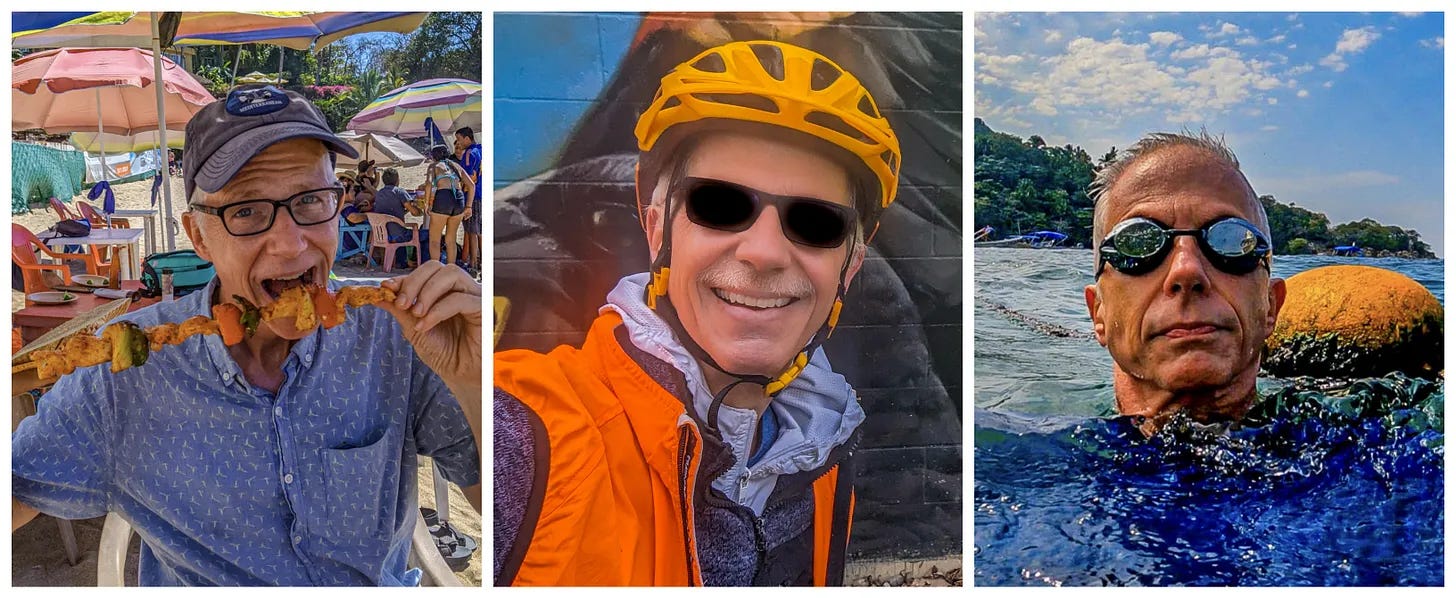



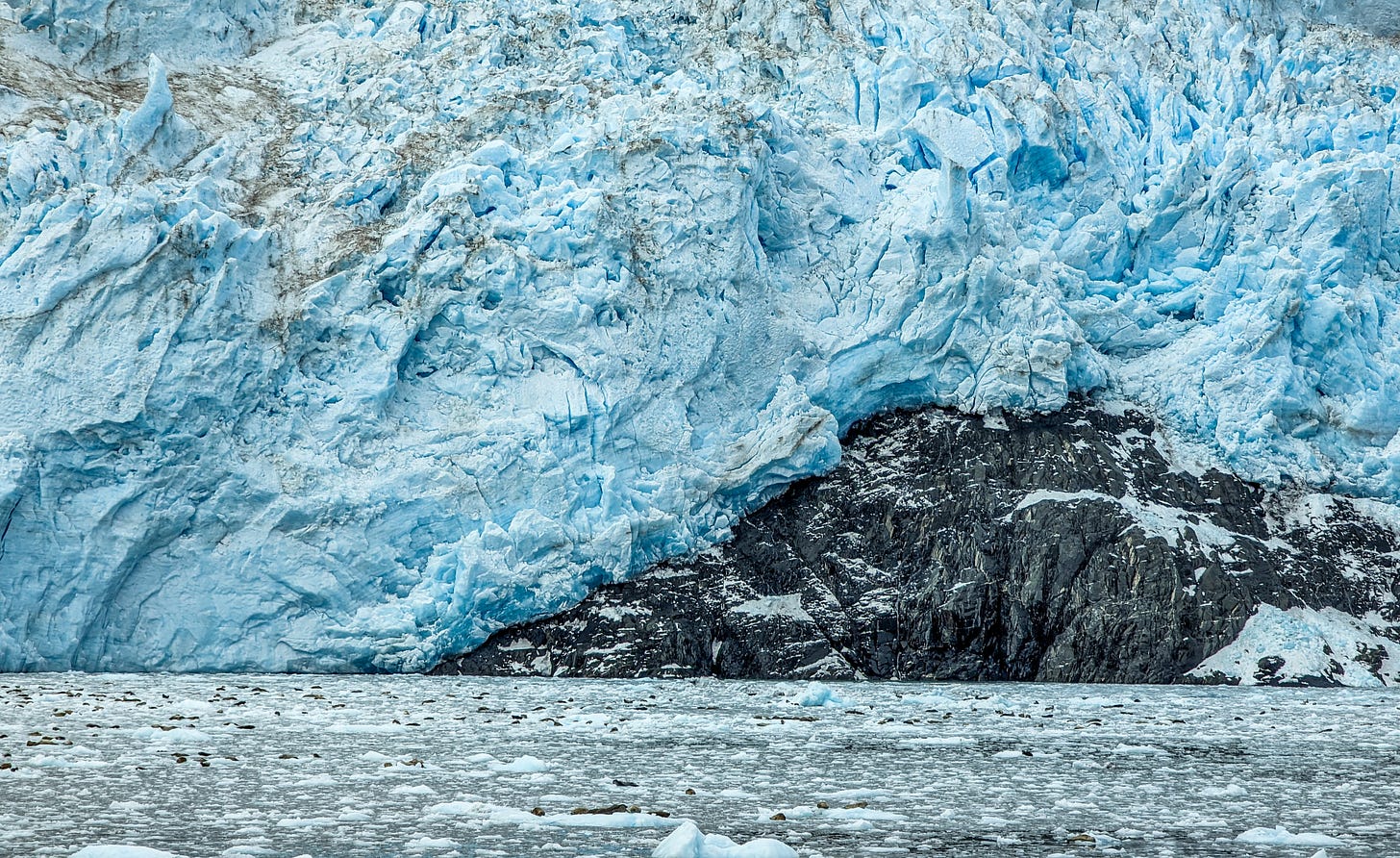
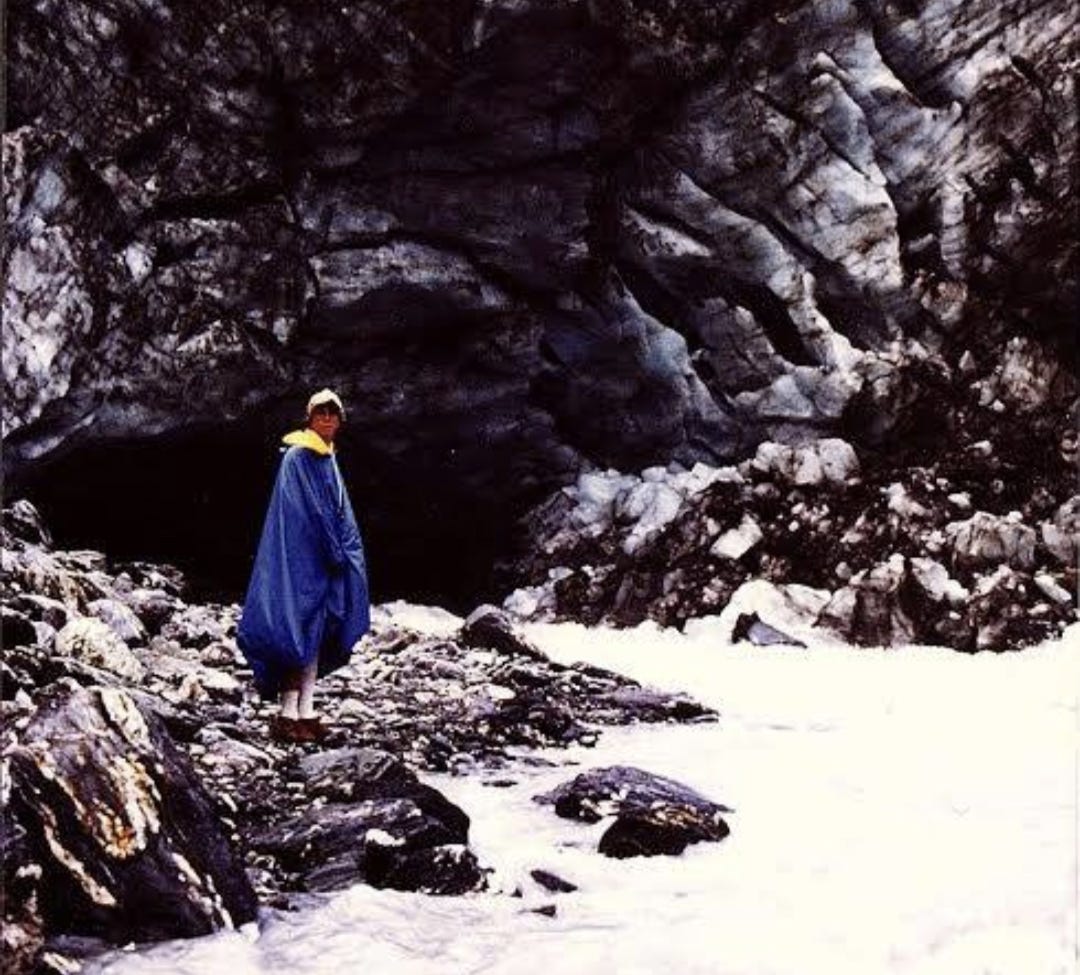
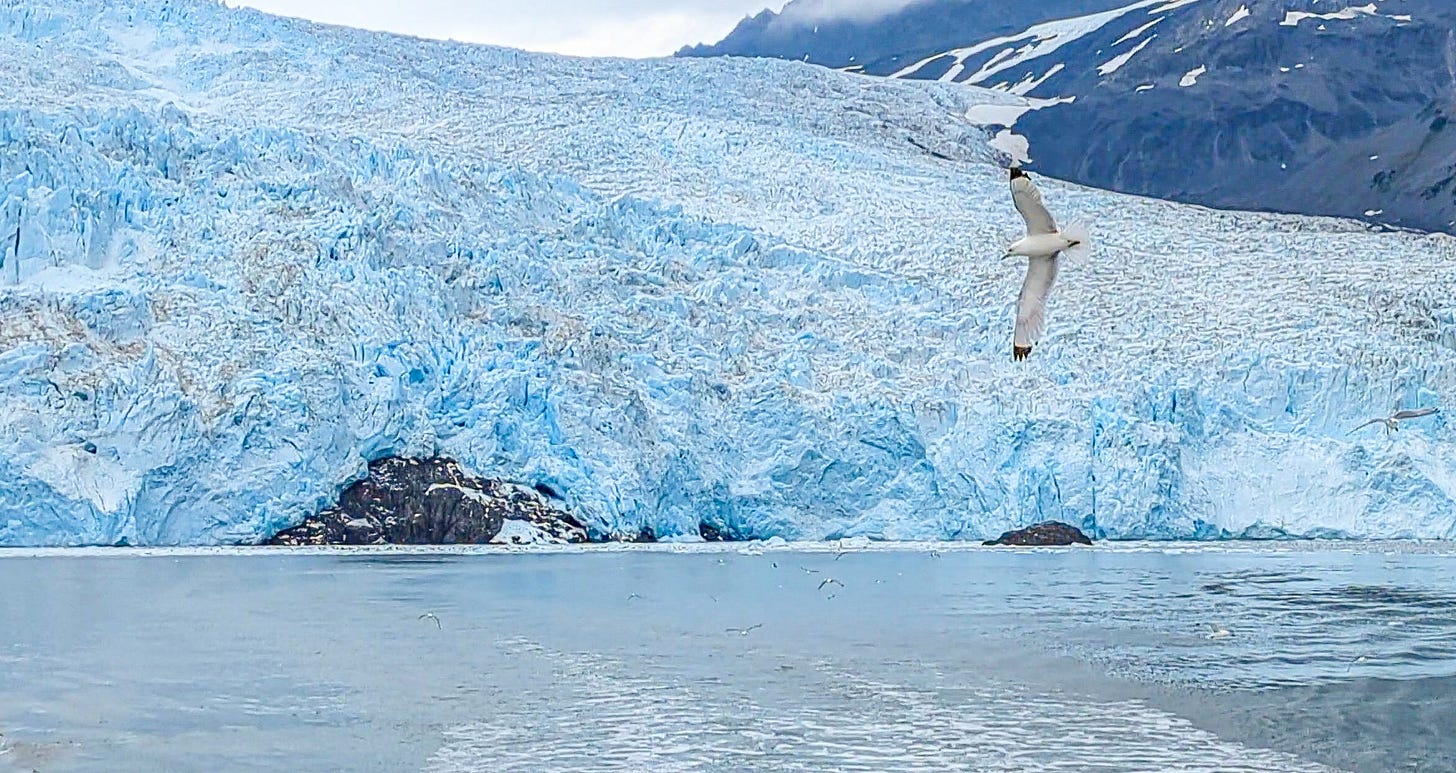
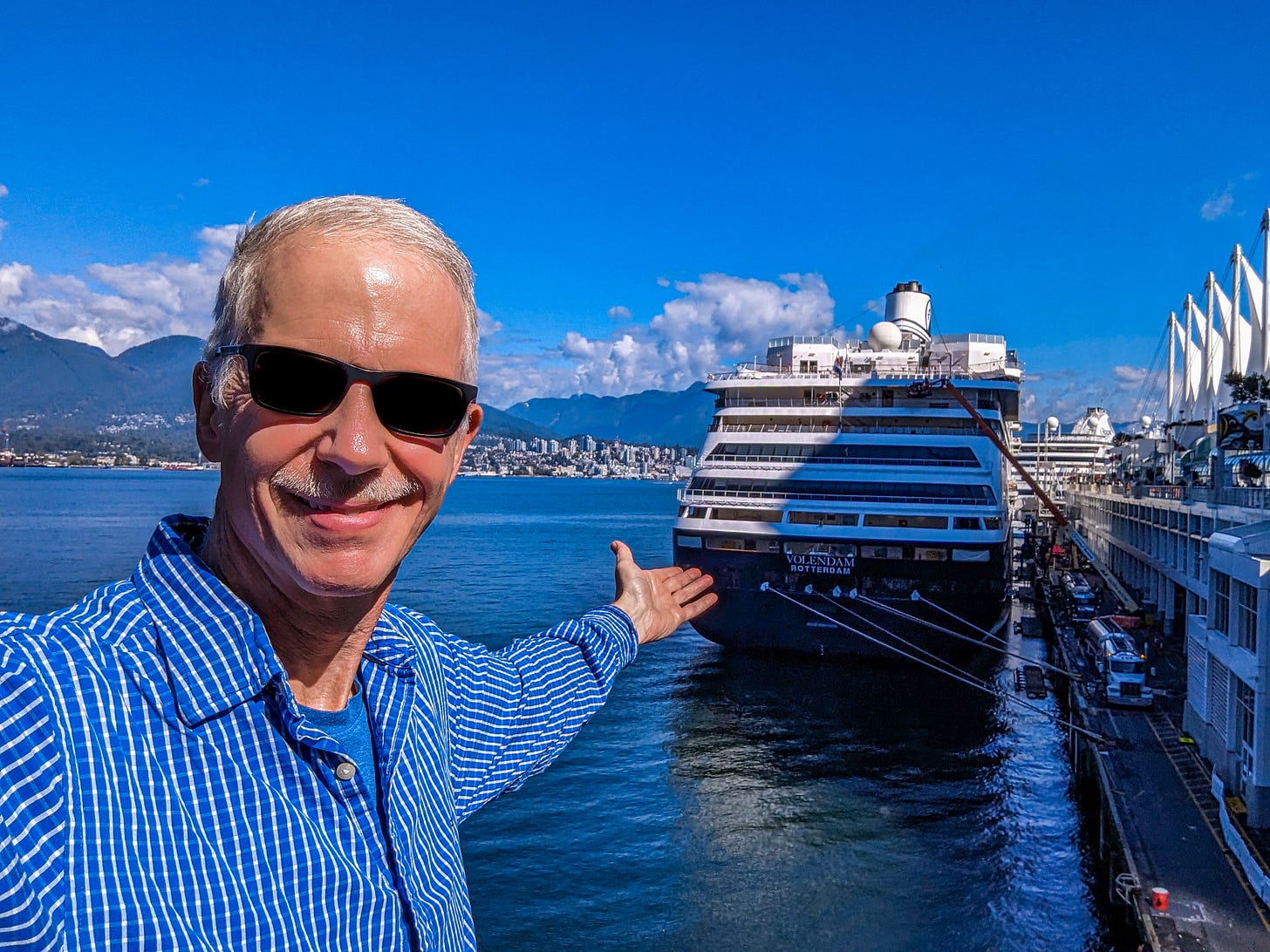
At 74 travel opportunities are shrinking - since I've been to Antarctica, Alaska has gone to a back burner.
I would live to have my mind blown by Alaska! Thank you for sharing your experiences 🤩